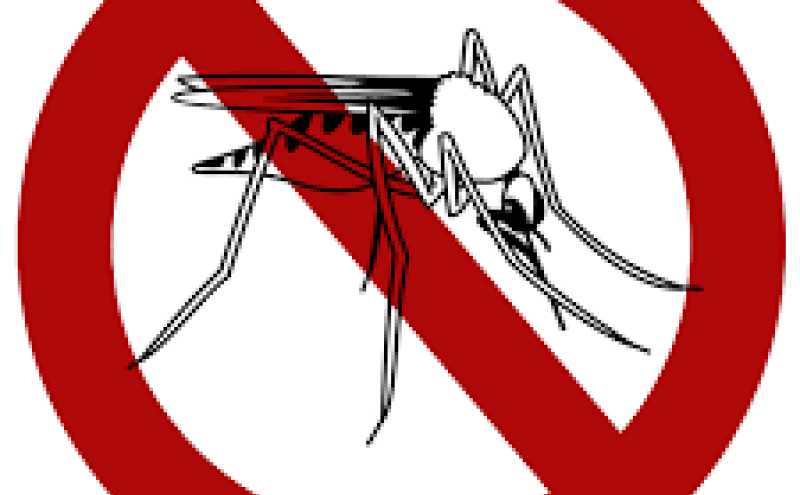
West Nile Virus
Each summer since 2003, the Port of Seattle has responded with a West Nile Virus Action Plan that includes outreach, airport-wide regulations, mosquito monitoring, and mosquito control.
Health and safety presentations are being conducted to those individuals associated with the Port of Seattle who work outdoors at SEA Airport. For the most recent information on WNV and its prevention visit the Seattle Metro King County Department of Health Web site.
Mosquito Control
The primary objective of the Integrated Mosquito Management approach is to treat only those specific areas where mosquito larvae, pupae or adult numbers are high. The four treatments approved by the Environmental Protection Agency and the Washington Department of Health include:
Bacillus sphaericus, a species-specific bacteria that prevents mosquito larva from digesting their food.
Methoprene, a species-specific insect growth regulator that inhibits the development of larvae into adults.
Surface films disrupt the surface tension of the water. This inhibits the ability of mosquito larvae and pupae to attach to the surface of the water. It does not allow the mosquito to breathe or emerge from the pupa stage.
ULV Fogging reduces the number of adult biting mosquitoes. Ultra-low volumes of insecticides are fogged from ground equipment to areas of high mosquito densities. This practice is reserved for those areas with adult mosquito numbers.

